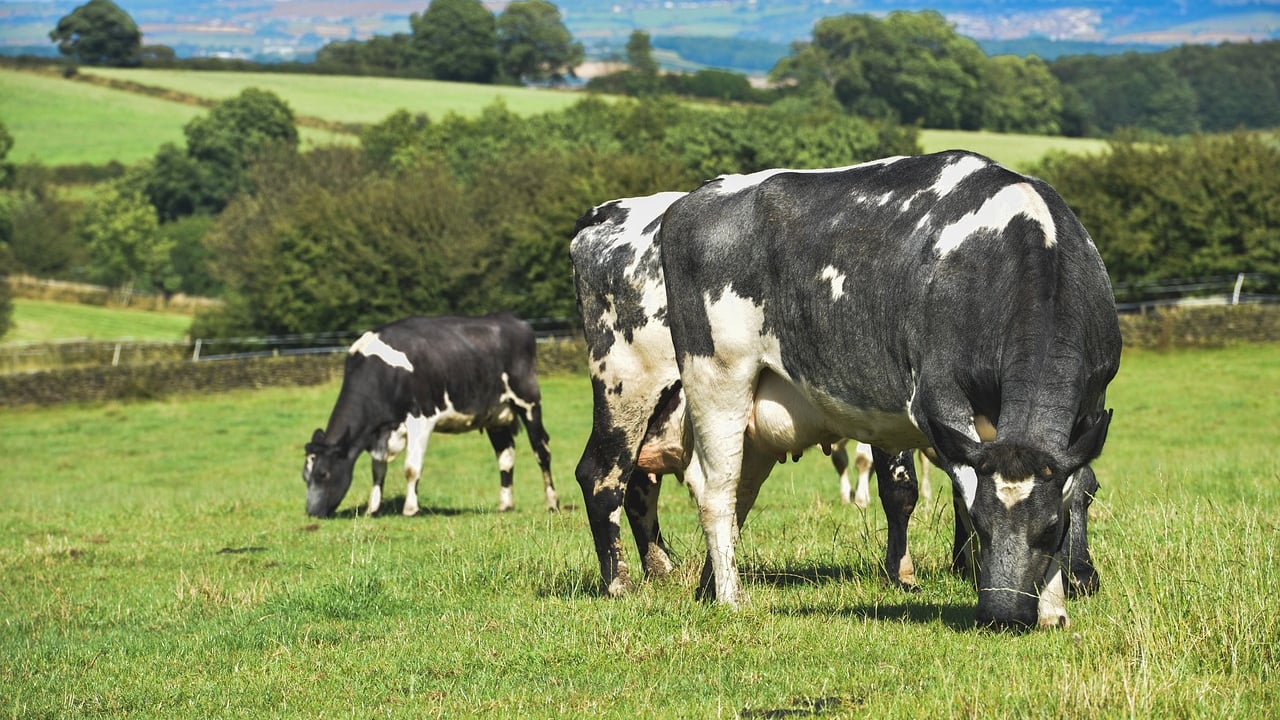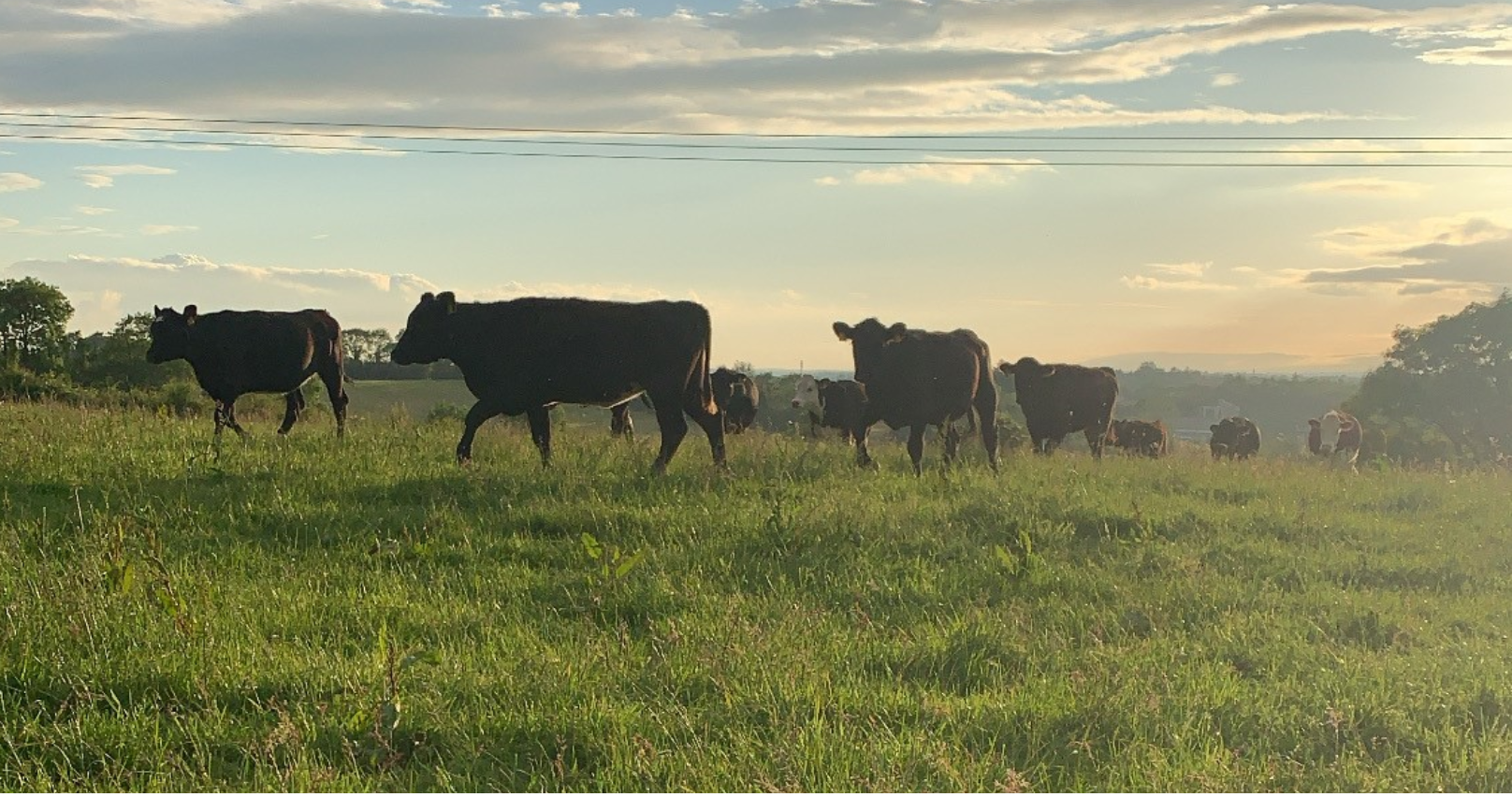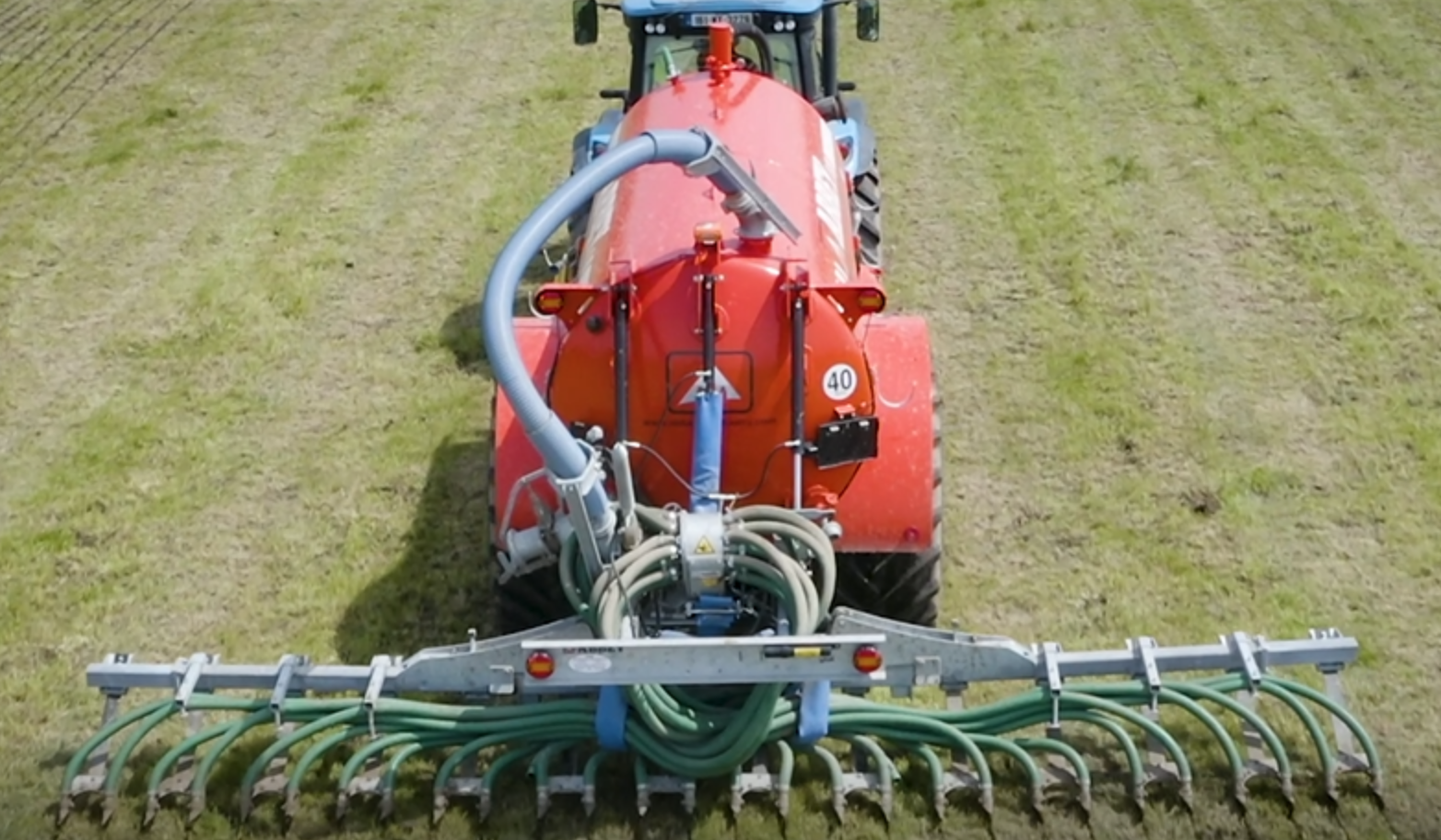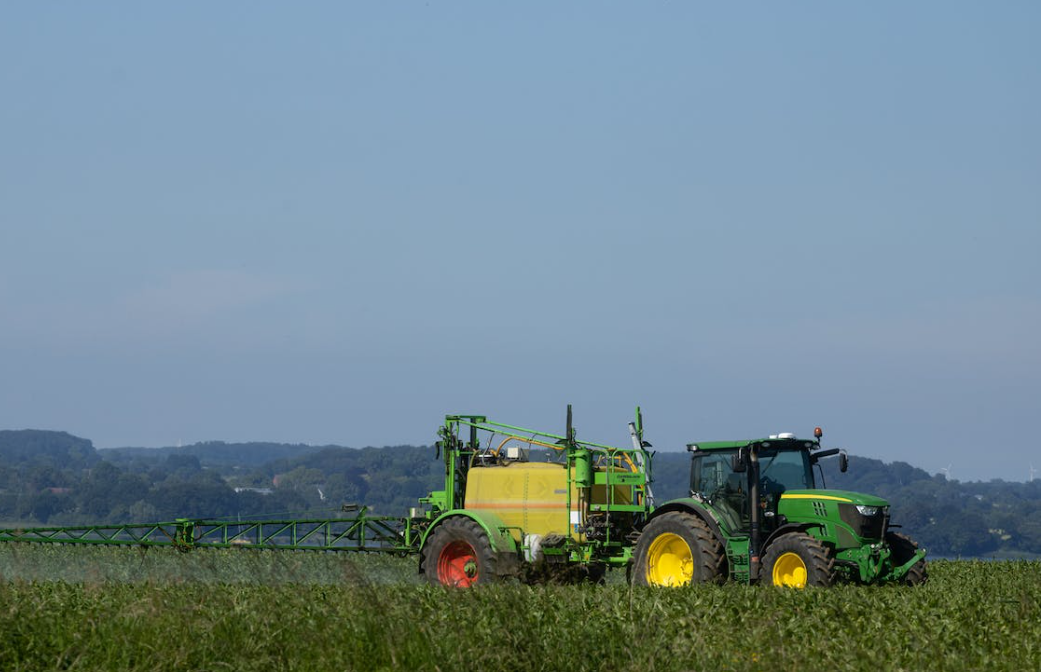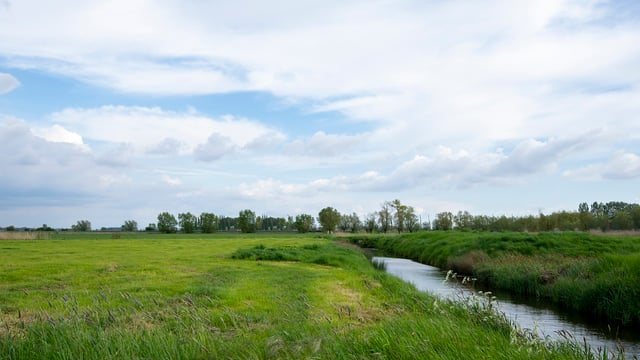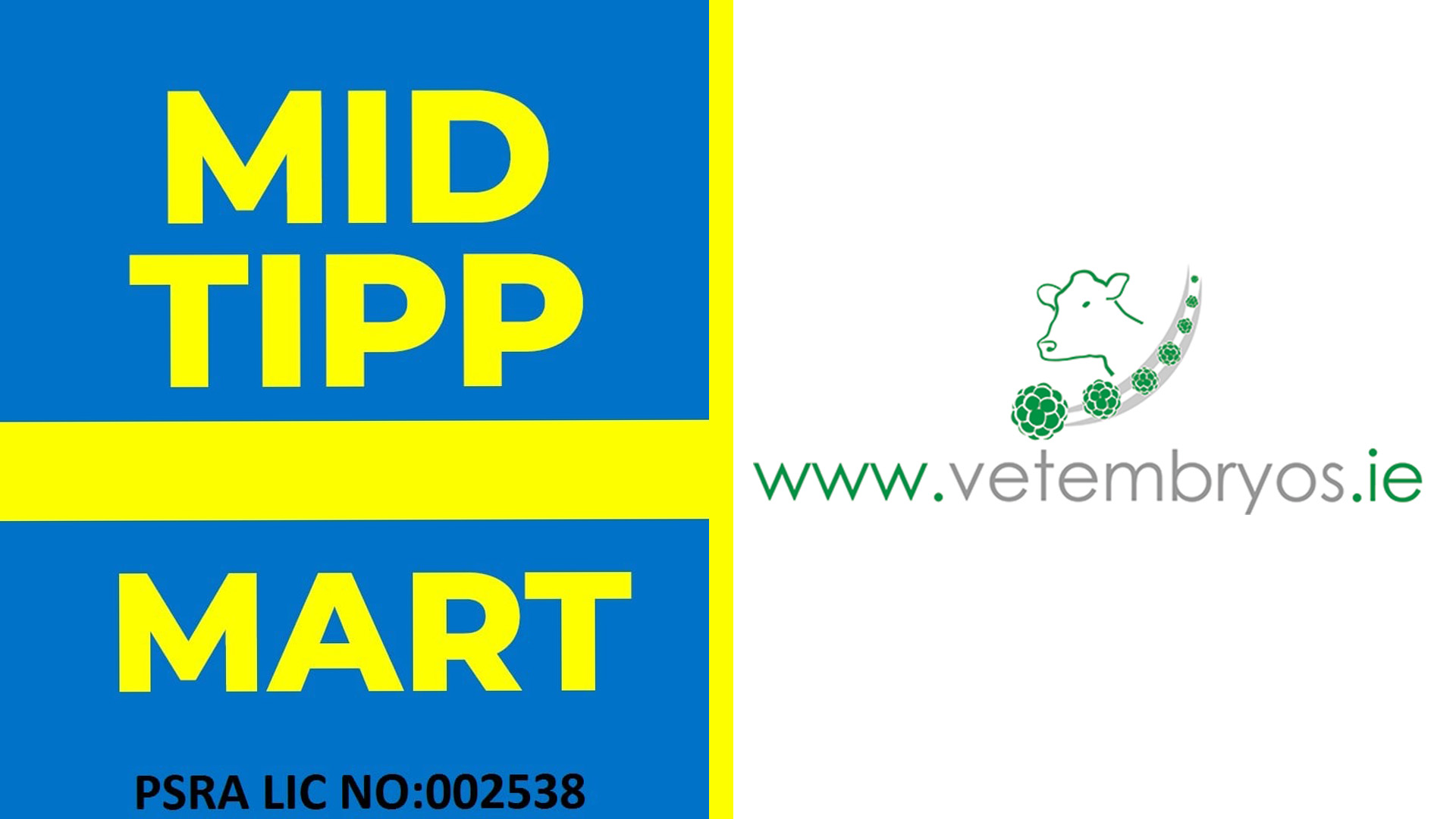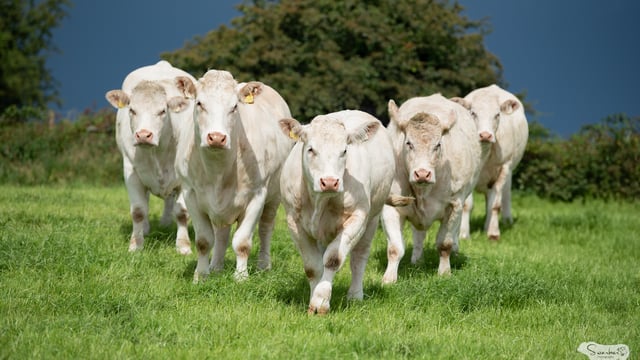EPA projects 'ambitious' 18% drop in ag-emissions by 2030
Under an "ambitious" scenario, the Environmental Protection Agency (EPA) has projected agricultural emissions to decrease by 18% by 2030.
The EPA has produced the projected greenhouse gas emissions for 2023 to 2050 using two scenarios: 'With Existing Measures' (WEM) and the more ambitious, 'With Additional Measures' (WAM).
The agriculture and transport sectors remain the largest contributors of emissions in 2030 in both the WEM and WAM scenarios as a consequence of other sectors of the economy projected to decarbonise faster, according to the EPA.
Under the WEM scenario, emissions from agriculture and transport are projected to decrease by 1% and 5%, respectively.
In the more ambitious WAM scenario, agriculture and transport are projected to decrease by 18% and 26% respectively over the period 2022 to 2030.
The emissions ceiling for agriculture has been set at a level requiring a 25% reduction by 2030.
Agriculture sector emissions arise from enteric fermentation (methane emissions arising from digestive process in livestock), manure management and nitrogen and urea application to soils.
In addition, fuel combustion from agriculture, forestry and fishing is included.
The sector contributed 39% of Ireland’s total emissions in 2022 and is projected to rise to 44% by 2030 (in the WEM scenario).
With Existing Measures (WEM) scenario
Total emissions from agriculture (including fuel used in agriculture, forestry and fishing) are projected to decrease by only 1% over the period 2022-2030 from 23.4 to 23.1 Mt CO2 (Million tonnes of carbon dioxide) eq under the WEM scenario.
The WEM scenario assumes that those measures for which there is legislative levers in place prior to the end of 2022 are included in the scenario.
These include:
- The target for lime application of two Mt (Million tonnes) per annum by 2030 is reached (AgClimatise), including enhanced nutrient use efficiency as a result.
- Inhibited urea fertiliser use remains at current levels
- The Nitrates Action Programme includes actions on these measures such that all slurries on Nitrates derogation farms are required to be spread with Low Emission Spreading technologies (LESS).
Current evidence shows that the use of LESS has penetrated to non-derogation farms, according to the EPA.
Therefore, the target of 90% of slurries spread by LESS by 2027 as per AgClimatise is applied. Use of low emission slurry spreading for pigs has moved from planned (WAM) to implemented (WEM) and is 100% from January 1, 2023 as per the Nitrates Action Plan.
Sensitivity analysis
A sensitivity analysis of the WEM emissions scenario has been undertaken by the EPA for the agriculture emissions projections based on alternative projected activity data that assumes stronger growth in agricultural activity levels.
The resulting alternative scenario showed the EPA that stronger growth would likely lead to higher emissions over the projected period.
The sensitivity scenario examines the consequences of continued strong growth in the dairy herd, accompanied by a beef cow herd that is projected to contract at a slower rate than the rate of decline observed since the end of the milk quota regime in 2015.
Under this sensitivity scenario, with stronger milk prices, the EPA projection showed that Irish dairy cow numbers are projected to increase.
According to the EPA, dairy cow numbers in 2030 under the sensitivity scenario, are projected to reach 1.743 million head. This represents an 11% increase relative to 2022.
With Additional Measures (WAM) scenario
Under the WAM scenario, emissions are projected to decrease to 19.1 Mt CO2 equivalent by 2030 which is an 18% reduction over the period 2022 to 2030.
The WAM scenario assumes the WEM measures plus the measures outlined in Climate Action Plan 2024, the Teagasc GHG MACC, AgClimatise and Teagasc NH3 (national ammonia) MACC are in place, these include:
- Reduction in crude protein in pig diets;
- All slurry stores (cattle and pig) to be covered by 2027;
- Drying of poultry manure;
- Further 1% reduction in the crude protein content of dairy cow concentrates during grazing season;
- Increased adoption of protected urea, 80-90% uptake of protected urea on grassland farms by 2025 and 90-100% uptake by 2030;
- Limit sales of straight urea to 20,000t per annum from 2025;
- Target fertiliser sales ceilings at 330kt nitrogen (N) by 2025 and 30kt N by 2030;
- Methane reduction measures including slurry additives to reduce methane emissions, reduced slaughter age for beef cattle, reduced age to first calving, feed additives (cattle), dairy economic breeding index (EBI) optimization;
- Water Table Management (peat soils) to include 80kha of water table manipulation;
- 75kha of spring crops to have cover crops applied.
The data underpinning these agriculture projections are based on an updated analysis undertaken by Teagasc of the projected animal populations, crop areas and fertiliser use.
Measures from AgClimatise, Nitrates Action Plan, Teagasc MACC, and Climate Action Plan 2024 are included.
However, there are exceptions where policies and measures were not included as the EPA "could not see an implementation pathway to merit their inclusion at this point" in time.
This included 'Diversification measures in agriculture with savings by 2030 of 1.5 Mt CO2'.
The EPA contended that further information is needed to model an implementation pathway for these measures as "they imply a reduction in herd numbers which impacts quantification of all of the other proposed measures".

